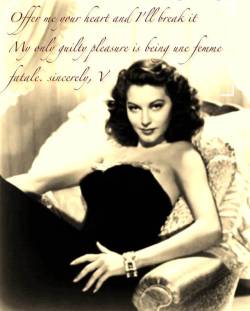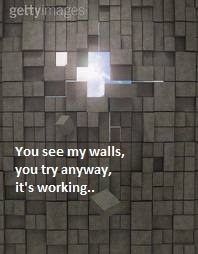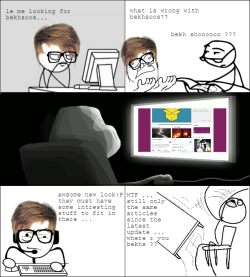The Assassination of Omar Rajeh
652 viewsA blender, a knife, fruits, and a man.
That was the opening of the contemporary performance, “The Assassination of Omar Rajeh,” that was staged in Al-Madina Theater over four nights this past month, in protest of the many assassinations of journalists and writers that took place in Lebanon from World War I till now: Mahmoud & Mohammad Al Mahmasani (1915), Ahmad Hassan Tabbara, Said Fadel Akel, Omar Hamad, Abdel Ghani el Arayssi, The Emir Aref el Chahabi, Pedro Paoli, Georgie Haddad, Philippe & Farid el Khazen (1916), Samir Kassir, Gebran Tueini (2005), and many more.
The originality of the performance resides not only in the rich and well-structured linking of ideas, but also in the contemporary dance moves, the words (un)spoken, the sound effects, the music, the visual effects… Indeed, the visual effects were a combination of shadows, mobile furniture, and a transparent screen ahead of the stage, projecting speeches, words, and recurring sentences in Arabic. The performers seem to appear behind the words and letters, emphasizing the idea of language.
Omar Rajeh cuts different fruits with knife and drops the pieces in the blender in slow, graceful waves of his wrists. When the mixture of banana, apple, and orange lies in the blender, he closes the lid and turns the blender on. He starts talking, his background music the hum of the mixer.
The concept is such an obvious face of the society that it is disturbing to be confronted with such a reality. Indeed, the idea of society as a slaughterer is recurrent and consists the central theme around which the performance revolves. Omar Rajeh’s great-aunt discourages Omar to pursue his dance career. The murder of journalists – Gebran Tueini in particular – is described in a breathtaking scene, where the hand is separated from the body and is looking for itself. Most pivotal is the relationship between the characters: a gay man who likes a straight man who likes a gay woman who likes a straight woman who likes Omar Rajeh, who is lost among the four – multiple bonds revealed in a still tableau.
The lesbian woman dances with her hand, only a hand, moving in a body paralyzed by a complex posture. She’s asked to speak, but her desperate attempts are silenced by the hands of the straight man behind her who rolls his arms around her, his palm covering her mouth. Omar Rajeh runs to the blender and covers it with black masking tape: silencing diversity that threatens to explode when muted. The closed circle is represented by the blender (now like a bomb) thrown from hand to hand.
The gay man removes his clothes and dances in his underwear. He has convulsions and his speech is incomprehensible. All we can hear is that he’s trying to let something out. He is finally killed and laid on a bench. The bench is attached by a rope to the foot of the lesbian woman and they are taken away.
An incredibly innovative theme and a daring show!
The troop will be touring Europe in 2009 and 2010, performing in Germany, France, Amsterdam, England, Denmark and Italy.


 (2 votes, average: 4.50 out of 5)
(2 votes, average: 4.50 out of 5)


Leave a Reply